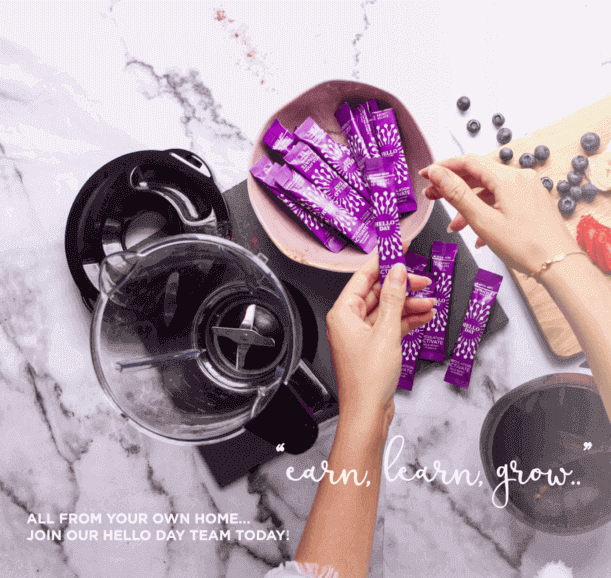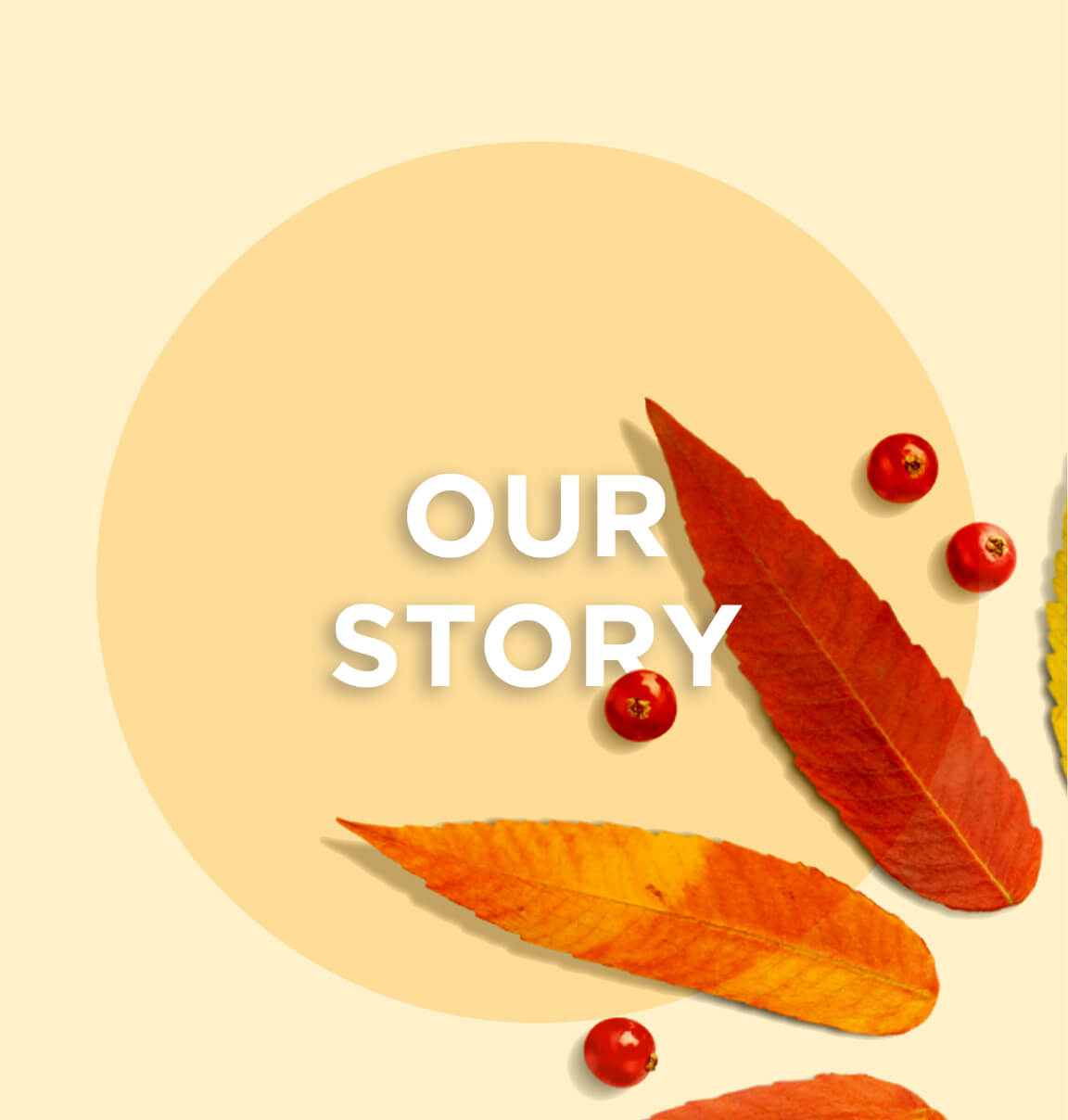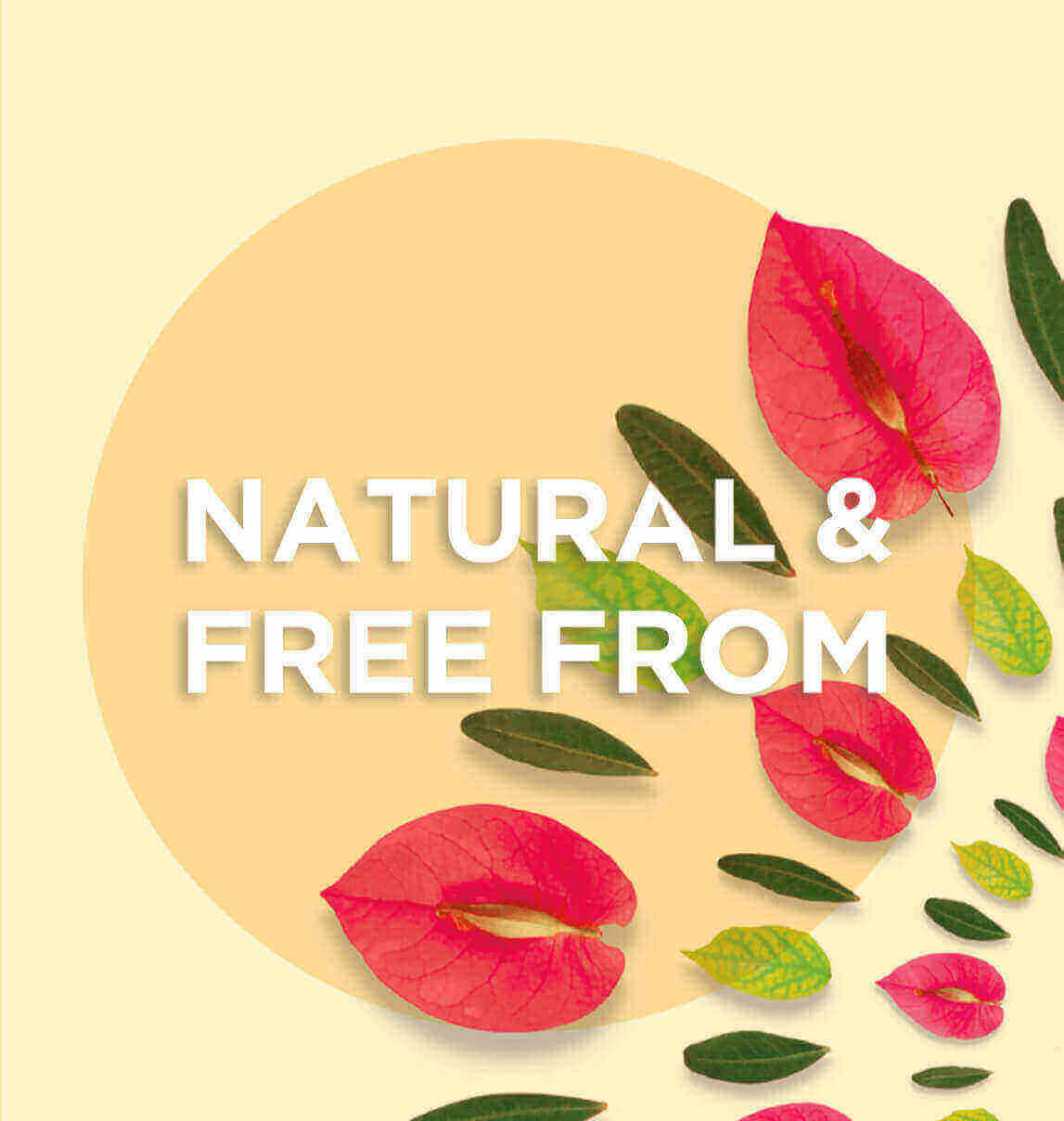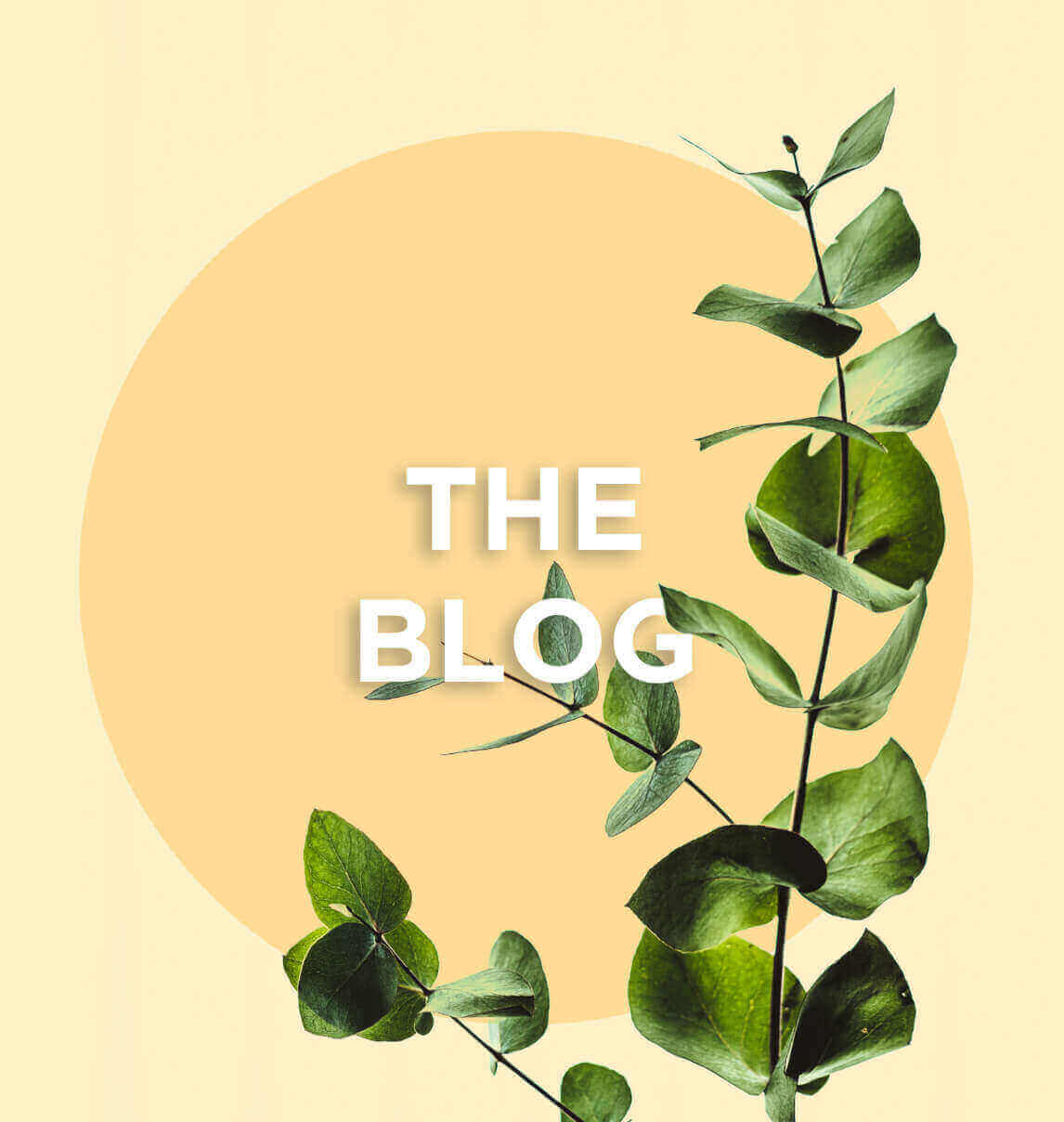Sensations of tired, heavy legs, cellulite, pain, prickling, swollen ankles, varicose veins… venous insufficiency has many unpleasant consequences on our physical appearance and well-being.
Fortunately, there are numerous natural solutions.
What is venous insufficiency?
Veins are blood vessels that carry blood back to the heart.
If the flow of blood is inadequate, blood stagnates in the veins and waste-filled liquid moves from the blood into the tissues, with a twofold consequence:
- Edema, leading to swollen ankles and legs, and water retention cellulite.
- An accumulation of toxins causing pain, prickling sensations, and night cramps.
Over the years, venous insufficiency can lead to complications: varicose ulcers, phlebitis, and pulmonary embolism…
The earlier you begin taking care of your veins, the longer you’ll be able to maintain your health and well-being, as well as avoid unsightly symptoms and an unflattering appearance.
Why me?
Luckily, not everyone suffers from venous insufficiency. So, why are some people more likely to develop venous insufficiency than others?
To begin with, there is the hereditary factor. Certain people inherit weak vein walls, making them more susceptible to varicose veins and phlebitis.
Then, there is the hormonal factor, and particularly an excess of estrogen. This explains why many women develop varicose veins during pregnancy or when taking contraceptive pills.
Excess weight also plays an important role, as well as heat, which causes dilation of veins, swelling and pain.
Finally, the lack of physical exercise and long periods in a standing position. Hairdressers, sales people and all other professions in which workers spend long hours on their feet are particularly at risk.
How does a sedentary lifestyle lead to venous insufficiency?
Unlike our arteries (vessels that carry blood from the heart to our organs and muscles), veins are not contractile.
This means that in order to carry blood back to the heart, veins rely on the contractions of surrounding muscles, particularly in the calves and soles of the feet.
Which activities are recommended to encourage venous return?
1. Activities with draining action
- swimming
- aqua aerobics
- aquabiking
- water polo
- Pilates
- yoga
- stretching
- core strength exercises
- body building (remember to breathe during physical effort)
- climbing stairs on the tips of the toes
- biking
- walking
- golf
- jogging with air cushioned soles
- snowshoeing
- cross-country skiing
2. Activities that tone deep muscles
3. Activities that put pressure on the soles of the feet
What activities should be avoided by those suffering from venous insufficiency?
It is best to avoid:
- activities that have a high impact on the body and joints, such as tennis, squash, badminton, aerobics, and team sports
- activities that cause excessive abdominal pressure, like weight lifting and rowing
- Activities using equipment that puts pressure on the ankles, such as skiing, roller skating and ice skating
Other natural solutions that stimulate venous return
There are natural solutions that can help improve circulation, other than physical activity, which we will address in different articles:
- Maintain your ideal weight: excess weight, particularly in the lower body, is very harmful to our health.
- Regularly take cold showers, spraying cool water from the ankles up to the thighs.
- Give yourself a draining massage, using circulation stimulating creams and oils, or treat yourself to professional lymphatic drainage sessions.
- Take dietary supplements made from plants, such as red vine and blackcurrant berries, which are highly effective.





